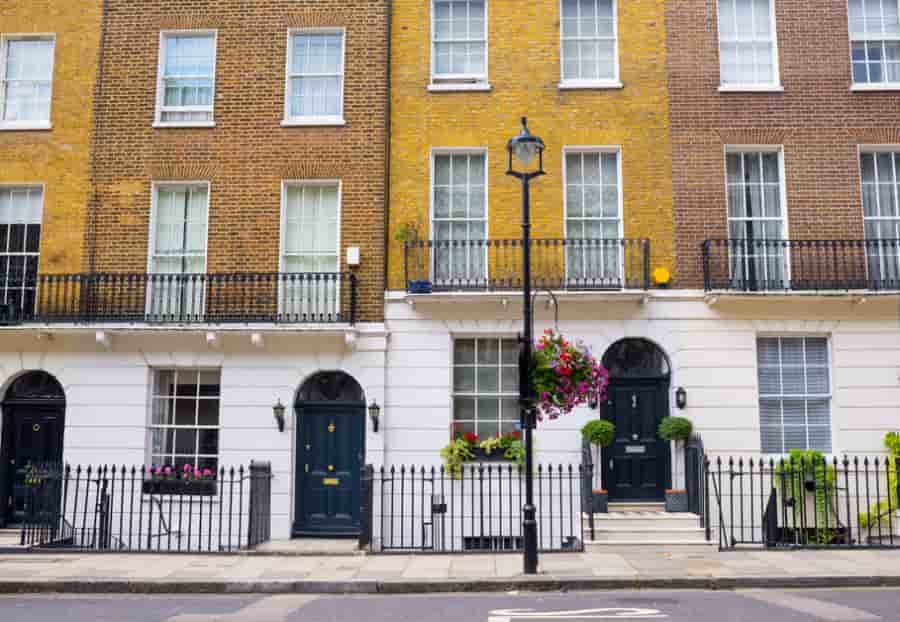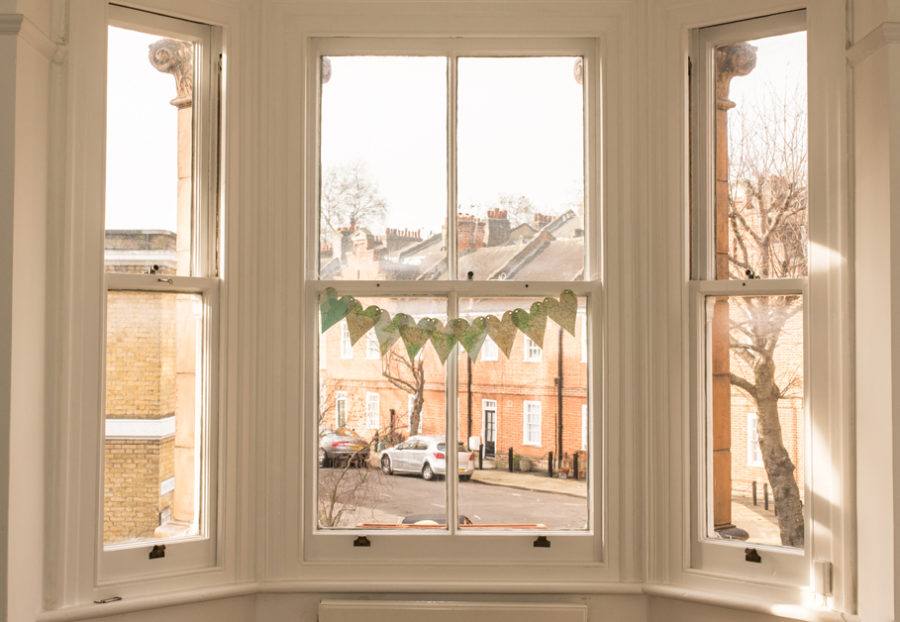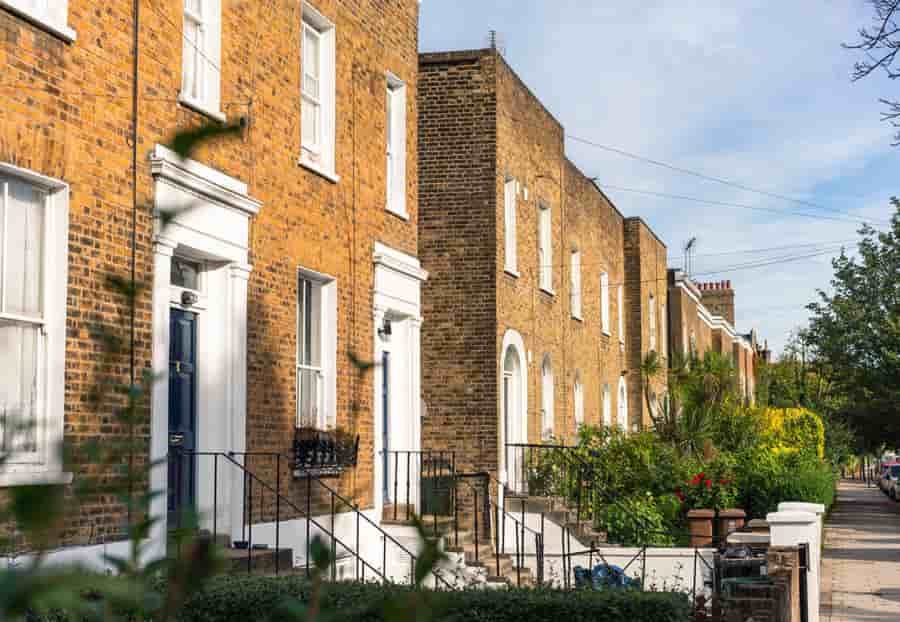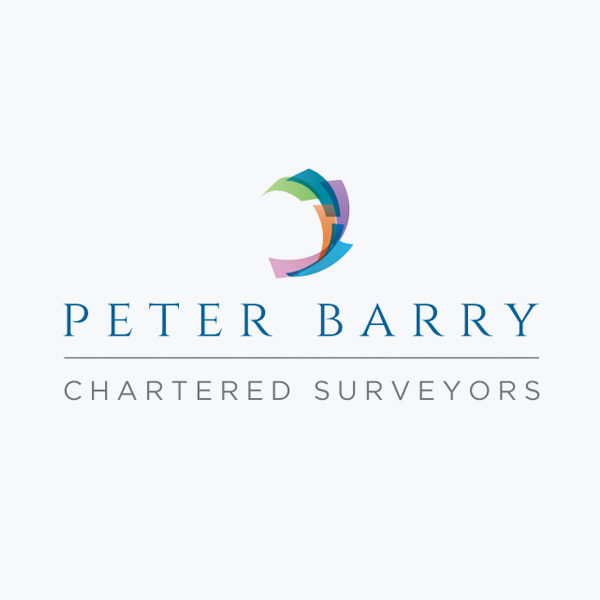A leasehold owner proposing structural or material changes to their property will generally require the consent of their Landlord under the terms of the lease.
Such consent must not be unreasonably withheld but will typically be provided in the form of a written Licence to Alter (or License for Alternations) so that the interests of the Landlord and any other affected leasehold owners in the building are protected.
The legal document will generally be drafted by the Landlord’s solicitor and then revised following input from a surveyor to reflect the specific details of the proposed work and the characteristics of the building.
The first step will generally involve the leaseholder approaching their Landlord or managing agent with details of the work that they wish to undertake. Those details will likely be passed to the Landlord’s surveyor and/or solicitor to review and to determine whether a Licence to Alter is required. The leaseholder is responsible for their Landlord’s reasonable professional fees and an undertaking for fees is usually made at this point.
Assuming that a licence is required full details of the proposed works, including detailed drawings and a specification must be prepared and submitted for review by the freeholder’s surveyor. The solicitor may choose to now draft the licence, to which the surveyor may see the need to add to as their role progresses.
Once full information is available a site visit will generally be arranged so that the surveyor can consider the proposals in context and schedule the condition of any adjoining properties that might be affected by the works.
When the surveyor has completed his review of the proposals he will report to the Landlord and often add additional clauses into the licence and request additional information from the leaseholder as necessary. Between the solicitor and surveyor, they need to ensure that the leaseholder has instructed appropriate professionals for specific tasks and that the project manager has undertaken their role, to ensure legislative compliance and best practice adherence. If it is deemed reasonable, the surveyor may need to instruct other third parties e.g. a checking engineer, if the scale and risks associated with the project warrant such involvement.
While the works are in progress the surveyor will visit from time to time depending upon the complexity of the works and will make a final inspection upon completion.
FAQs
Do I need a Licence to Alter?
If you are the owner of a leasehold property, typically a flat or maisonette, your Lease is likely to contain certain covenants regarding alterations to the property. An absolute covenant will cover alterations that are not permitted at all, while a qualified covenant will regulate alterations that may be made with the landlord’s prior consent. In other words, you must seek the freeholder’s permission if you wish to make certain alterations and improvements to the property. The landlord’s consent will take the form of a Licence to Alter (LTA), a formal written document that gives approval to the changes you are proposing to make.
An LTA generally applies to any ‘material or structural alterations’, but there are no set definitions or rules; the devil is in the detail. Every Lease is different, so it’s vital that you check the document with a fine toothcomb to see whether your Lease states that an LTA is needed for the exact work you are planning to carry out.
What counts as alterations to a property?
Typical works requiring an LTA include material and structural alterations such as moving, removing or adding internal walls, moving doorways or creating a new doorway or opening in a wall, taking out a chimney breast, installing or replacing windows, moving or installing additional bathrooms, installing or changing heating systems, changing the flooring type. Any kind of building extension or loft conversion will also be affected.
A Licence to Alter is not normally required for minor cosmetic work and repairs or for general interior painting and decorating, and you may not need permission to replace an existing kitchen or bathroom. However, as mentioned above, each Lease is unique and it is essential that you scrutinize the document to see what the relevant covenants are for your property. If in doubt, err on the side of caution and consult with your landlord well in advance of commencing work.
How do I apply for a Licence to Alter?
In the first instance, write to your freeholder with an outline of the works you would like to carry out and wait to receive confirmation that an LTA is needed, what information you must submit and what the procedure is for making a formal LTA application. Your formal application may need to include relevant building plans, drawings, calculations and other documentation drawn up by relevant experts. You may also be asked to provide additional details of how the work will be carried out, specifications for materials, a Schedule of Condition, risk assessments and a timetable for the works as well as measures you are proposing to take to minimise any disturbance to other residents in the building.
Granting a Licence to Alter is usually conditional on other consents being sought such as planning permission, building regulations approval, party wall consent or listed building consent, as well as consent from your mortgage company. In many cases, applying for an LTA can be a complex process and you may benefit from professional assistance from a solicitor and surveyor experienced in dealing with LTA applications.
How much does a Licence to Alter cost?
As a leaseholder and LTA applicant, you are responsible for paying your own costs as well as any reasonable costs the landlord is incurring in dealing with your application. They will likely be charging you an administration charge plus the cost of any professional, legal and surveying advice needed in connection with the LTA application and before, during and after the actual building works. Finally, don’t forget to factor other relevant costs you will incur, for instance to obtain planning consent.
While some applications may be quite straightforward, others have the potential to become horribly complex and protracted, with costs quickly mounting up into several thousands as the landlord may have to bring in additional advisors.
What can happen if I don’t get a Licence to Alter?
Leasehold owners who make alterations to their property without getting freeholder consent could find themselves in breach of the Lease. That’s why it is so important to double check the Lease and, where necessary, consult with your freeholder to see whether you need to apply for a Licence to Alter before you carry out your home improvement plans.
Failure to secure a Licence is a serious offence which could ultimately mean the forfeiture of the Lease. In less extreme cases, you could be made to pay for restoring the property to its previous condition. Finally, selling a leasehold property with unauthorised improvements having been carried out could prove difficult.
Finally, landlords cannot unreasonably withhold consent. If your LTA application is rejected, the burden of proof is on the leaseholder to show that the landlord acted unreasonably. A lack of response or an unreasonable refusal on the part of the freeholder usually means you’ll be able to proceed without breaching the lease.

Landlord
If as a Landlord your Leaseholder has submitted an application for alterations, we can act for you from beginning to end. We will provide an expert assessment of the Leaseholder’s proposals, review any documentation and request further details if deemed necessary. As part of this we will observe and provide comment on the short and long-term impacts of the Leaseholder’s works as well and immediate effects on other local occupiers. We will work alongside an experienced solicitor to ensure that the Terms and Conditions of the consent protect your interests, all while moving the process forward in a reasonable timeframe so you avoid any unwanted claims of delays.

Leaseholder
As a Leaseholder proposing to make alterations to your property, we take control of the LTA application process and submit this to the Landlord’s Consent. We will ensure that as many relevant documents/information is included to not only reduce delays, but also look to keep the Landlord’s fees to a minimum. The role also extends to ensuring that the consent is obtained promptly and not unreasonably withheld and that any Terms and Conditions are reasonable and to not impose unnecessary obligations or restrictions.




